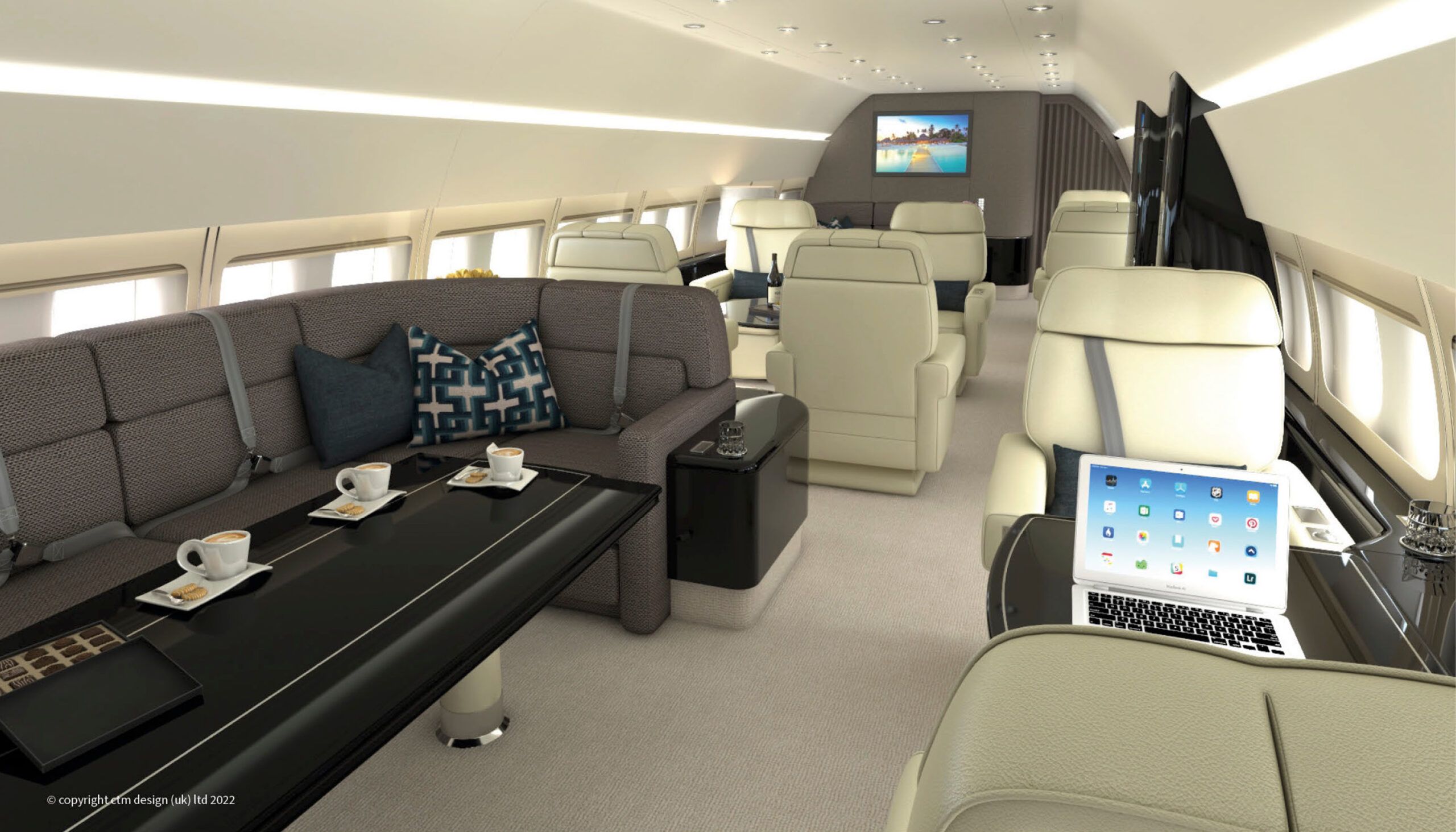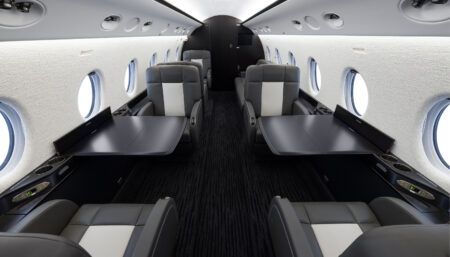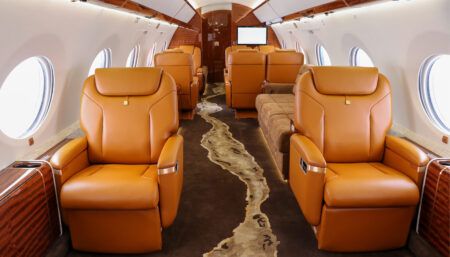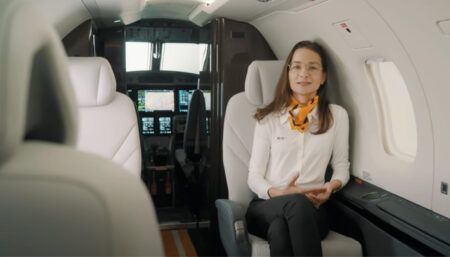Robin Dunlop, founding partner at Altea, shares his thoughts on the potential of AI, AR and more.
How do you feel about the potential of AI for design?
There will be initial challenges as we start to see more AI in design applications. Any such technology raises customers’ expectations, particularly as far as time is concerned – we still have customers who think a CGI-rendered image can be accomplished in a few hours from scratch. So, while AI will become a mainstay design tool – often embedded in existing software – there will be initial shortcomings.
Stock images – as used by Altea for mood boards – are a great source of inspiration in helping to present design directions for our clients to review. Sometimes finding that ‘hero’ image can be time-consuming or it may be impossible to find exactly what we have in mind. Designers can now work with AI to produce potentially inspirational images, but this is not design, it just widens possibilities and expedites some aspects of the process. This allows more time for development and finer details.
Are there uses for AR?
AR is already used in design processes, particularly in projects where customers have the space and budget. The Airbus ACJ TwoTwenty creative studio is one example but we have seen this trend emerging in commercial architecture and residential projects for a while. It’s a great tool, especially for the planning and configuration of large areas.
It also begs the question as to whether independent designers can utilise it to optimal effect. It depends on your budget. If a customer wants to use such a tool for initial insights into a design, then sure – Altea has digital partners that can support the process. Many completion centres offer full-scale mock-ups (made from foam board, MDF and cardboard) and these are incredibly useful for all stakeholders when coupled with AR to add context and detail.
What other technologies could benefit design?
Design processes are certainly aided by technologies such as digital twins, which we know as CAD – but better utilisation of digital versions of the real product/environment could assist in training, maintenance and operations. In addition, 1:1-scale floor planning, which is used in architecture and by Airbus, is definitely useful. If more third-party facilities pop up then a cabin designer could utilise this for early presentations. Finally, 3D printing in organic materials – bio-printing – is steadily growing and I’m excited to see how it will impact the industry.
What innovations have caught your eye lately?
One is the magnet fasteners used in automotive panel fittings that are aircraft compliant, enabling a better flush fit and a quick and efficient installation.

This interview was conducted by Izzy Kington and first published in the March/April 2024 edition of Business Jet Interiors International as part of the Design Forum feature.





